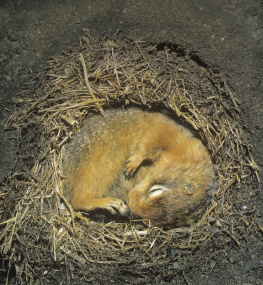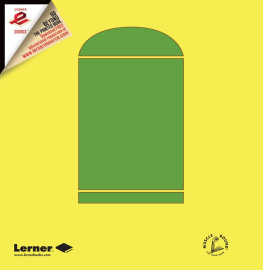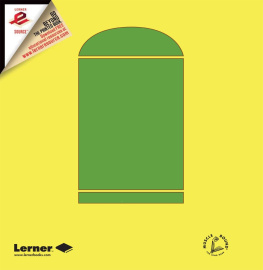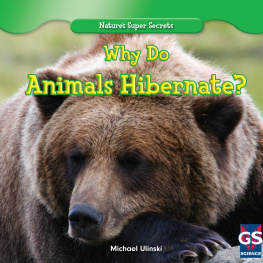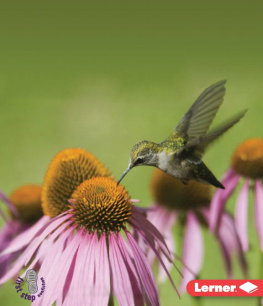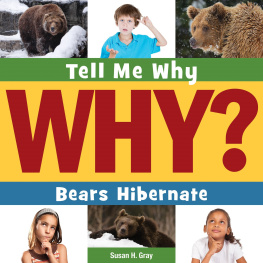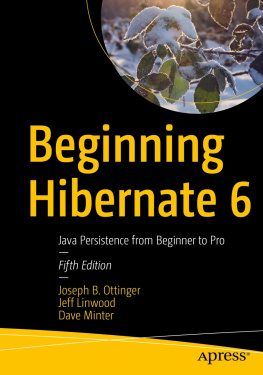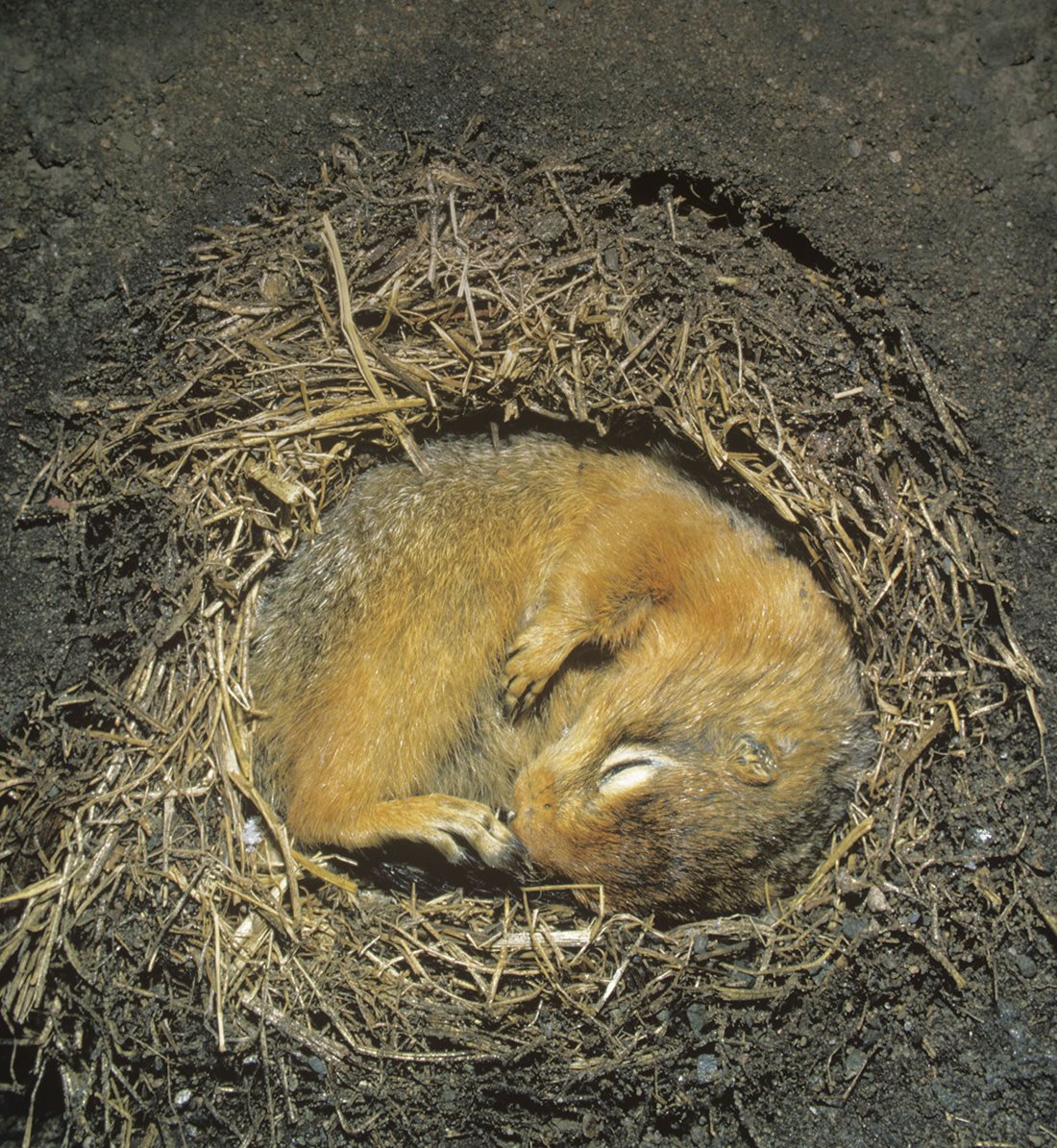Hibernation
by Robin Nelson
Snow covers the ground.
It is winter. Where are the
animals?
Many animals are hibernating.
Hibernation is like a deep
sleep.
Hibernation is part of a cycle.
Animals hibernate to survive
the winter.
They hibernate because it is
cold. They cant find food.
Snow hides plants and other
food.
This bear sleeps in its den
in the winter.
In the spring, the bear will
wake up and come out.
Some snakes hibernate.
Most ground squirrels
hibernate.
Some bats hibernate.
Hedgehogs hibernate.
Many animals hibernate
every winter.
This cycle happens every
year.
Learn More about Hibernation
Bears do not hibernate the same way as other animals do. Hibernating is different from sleeping. When animals hibernate, their heart beat slows down. Their body cools. Hibernating animals are hard to wake up. But bears do
not sleep as deeply as other hibernating animals. Their bodies do not cool down very much. They wake up often
to eat. Then they go back to sleep.
Fun Facts
Some animals that hibernate sleep all winter long without waking up. Other animals
that hibernate wake up during the winter to eat and then go back to sleep.
Animals that hibernate spend each fall eating and gathering food to last them through the long winter.
The only bird that hibernates is the common poorwill.
Here are some other animals that hibernate chipmunks, hamsters, skunks, bats, prairie dogs, frogs, lizards, snakes, turtles, and some insects like bees and ladybugs.
Where do animals hibernate? Some animals hibernate underground in a burrow. Others find shelter in trees. Bears hibernate in a cave
or den.
Glossary
cycle something that
happens over and over again
over time
den a safe, hidden place for
a wild animal
hibernating sleeping or
resting through the winter
survive stay alive
Index
bats
bears
ground squirrels
hedgehogs
snakes
snow
Copyright 2011 by Lerner Publishing Group, Inc.
All rights reserved. International copyright secured. No part of this book may be reproduced,
stored in a retrieval system, or transmitted in any form or by any meanselectronic, mechanical,
photocopying, recording, or otherwisewithout the prior written permission of Lerner Publishing
Group, Inc., except for the inclusion of brief quotations in an acknowledged review.
The images in this book are used with the permission of: Kristian Sekulic/Shutterstock Images,
p. 2; Pakhnyushchyy/Dreamstime.com, p. 3; Joe McDonald/Visuals Unlimited/Getty
Images, pp. 4, 22 (3rd from top); George McCarthy/naturepl.com, p. 5; Steve Hopkin/Taxi/
Getty Images, pp. 6, 22 (1st from top); age fotostock/SuperStock, pp. 7, 22 (4th from top);
Cameron Read/Taxi/Getty Images, p. 8; Tom Murphy/SuperStock, p. 9; Flirt/SuperStock,
pp. 10, 22 (2nd from top); Stephen J. Krasemann/Photographers Choice/Getty Images, p. 11;
Tom McHugh/Photo Researchers, Inc., p. 12; Charles P. George/Visuals Unlimited, Inc.,
p. 13; Lynn M. Stone/naturepl.com, p. 14; Mike Birkhead/Photolibrary/Getty Images, p. 15;
Bob Elsdale/The Image Bank/Getty Images, p. 16; Eric Baccega/naturepl.com, p. 17; Igor
Shpilenok/naturepl.com, p. 18.
Cover: Charles P. George/Visuals Unlimited, Inc.
Lerner Publications Company
A division of Lerner Publishing Group, Inc.
241 First Avenue North
Minneapolis, MN 55401 U.S.A.
Website address: www.lernerbooks.com
Library of Congress Cataloging-in-Publication Data

